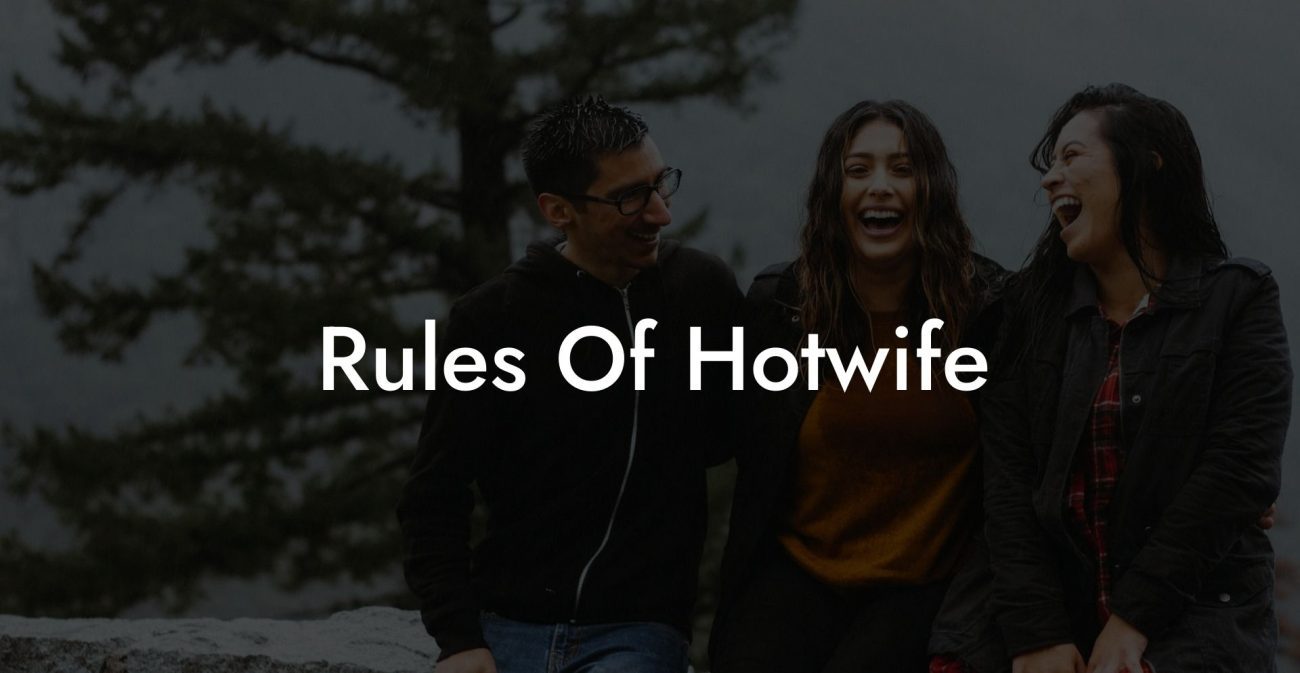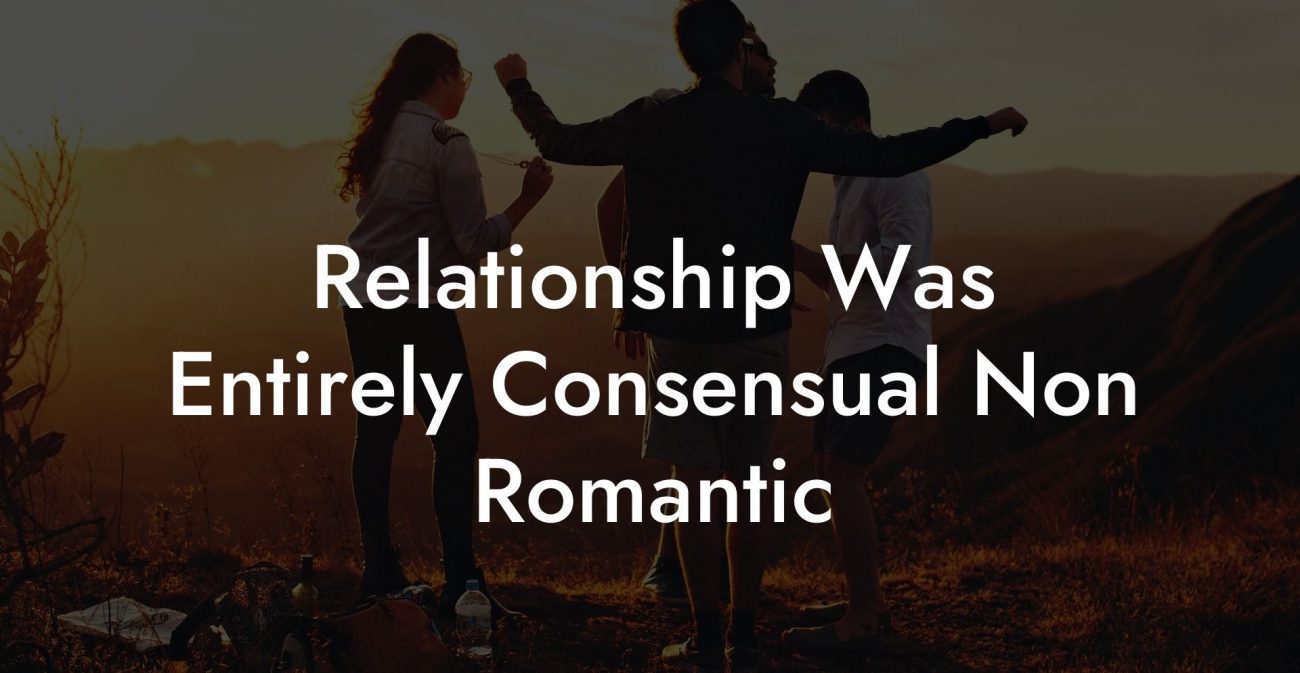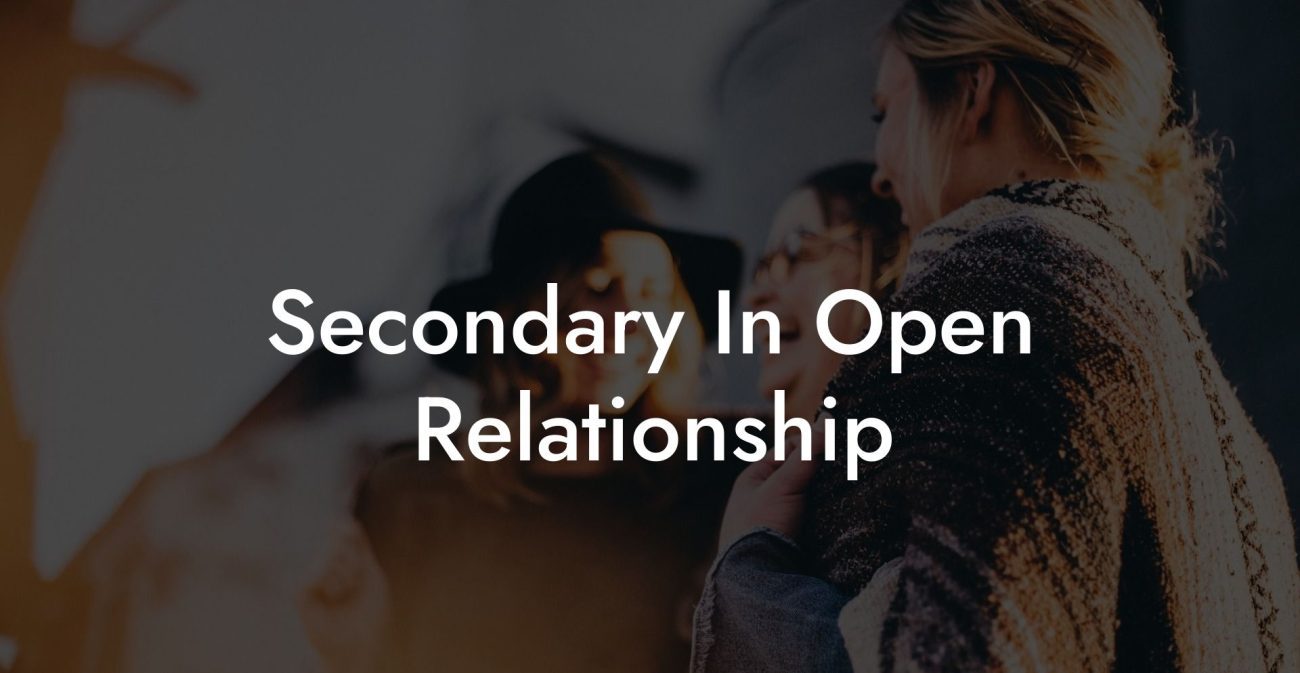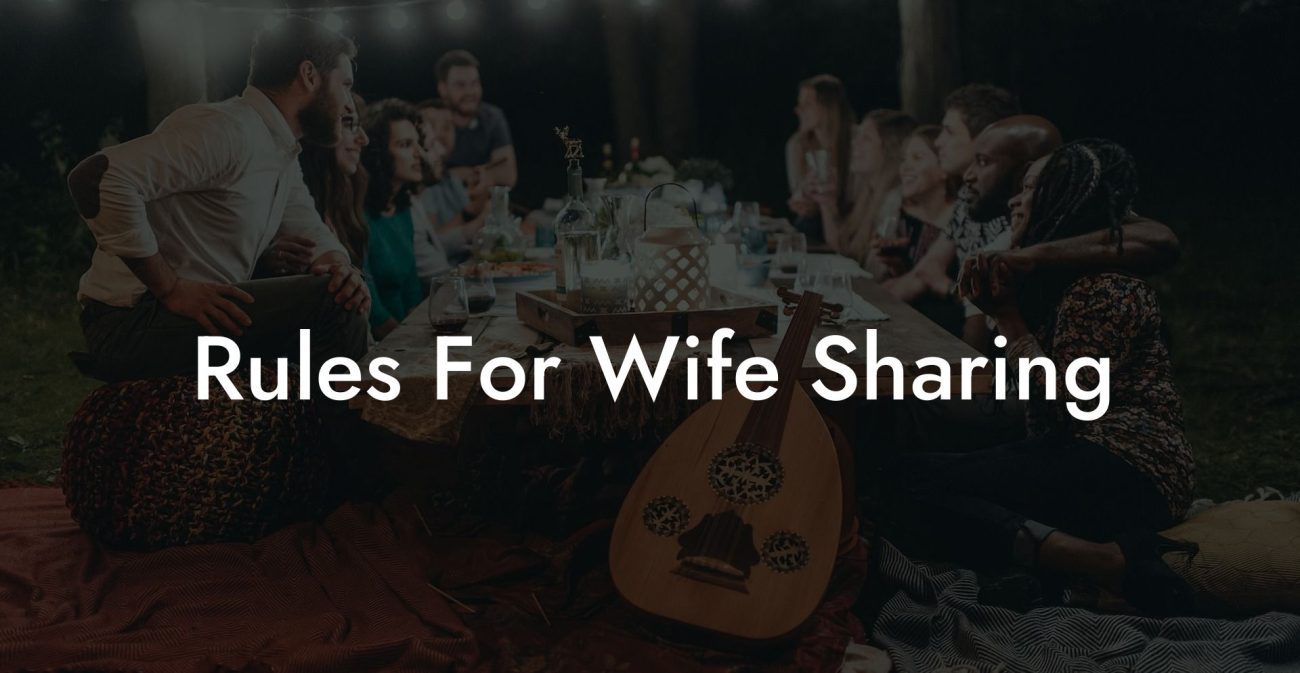Monogamy has always been the traditional and societal norm for committed relationships, and for most of history, it has remained the most common form of partnership. However, in recent years, more and more people are exploring alternative relationship structures such as polyamory and open relationships. Although monogamy might still be considered the status quo, it's worth pondering: how common is monogamy today?
How Common Is Monogamy Table of Contents
To answer this question, we need to delve into the various factors and statistics, as well as the reason why some people find solace in non-monogamous relationships. As you read, you might find that monogamy and non-monogamy are more complex concepts than you initially thought.
Monogamy can be established in various forms, including serial monogamy – where one engages in a series of committed and exclusive relationships. A percentage of people identify as strictly monogamous, while others may experiment with non-monogamous relationships throughout their lives.
Statistically, it's difficult to ascertain the exact number of monogamous versus non-monogamous individuals worldwide due to the private nature of such relationships. However, according to a study by the Journal of Marriage and Family, approximately 80-90% of individuals in Western societies practice monogamy in some form.
Across many cultures, religion plays a significant role in reinforcing monogamy, as most religious doctrines dictate the rules and guidelines for relationships and marriages. Christianity, Islam, and Judaism all emphasize the importance of marital fidelity and monogamous relationships. Additionally, societal expectations and familial pressures often contribute to the prevalence of monogamous relationships.
Well, if the statistics on monogamous relationships are relatively high, why are people considering and transitioning into non-monogamy? Let's understand this aspect with a practical example.
How Common Is Monogamy Example
Jessie, 30, and Thom, 32, were in a monogamous relationship for six years. Throughout their relationship, they experienced occasional instances of jealousy and insecurity – such feelings are commonly faced by many couples. After many conversations and research, they decided to open their relationship to polyamory. With strict communication and boundaries, they found that this new arrangement made them both happier and brought a newfound sense of freedom. Simultaneously, they were able to maintain their strong connection and emotional intimacy.
This example demonstrates that people gravitate towards non-monogamy for various reasons, such as personal growth, addressing unmet needs, overcoming jealousy, or simply desiring multiple relationships. The reasons are as diverse as individuals who explore non-monogamous relationships.
In conclusion, monogamy is still the most commonly practiced relationship structure worldwide due to the influence of tradition, religion, and societal norms. However, there is a growing interest in exploring alternatives like polyamory and open relationships. Ultimately, the most important aspect is fostering a relationship that's healthy, communicative, and fulfilling for everyone involved, regardless of its structure.
If this article has sparked your curiosity, please feel free to share it with your friends and engage in conversations about monogamy, polyamory, and everything in between! The Monogamy Experiment is always here to provide more guides and insights to help you navigate the complex world of relationships.













